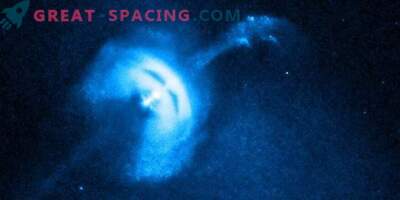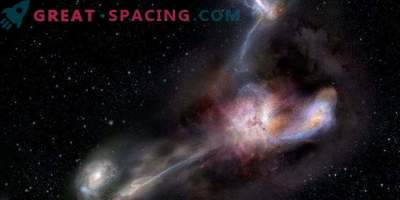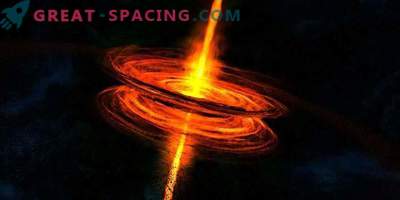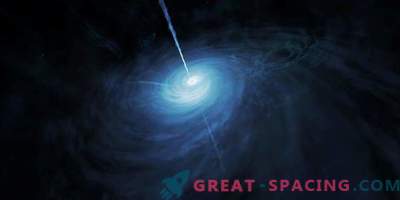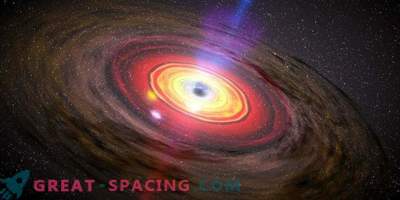
Artistic vision of a quasar
Using ATLAS and WISE, scientists were able to find two new bright quasars with a high redshift. The objects were named VST-ATLAS J158.6938-14.4211 and VST-ATLAS J332.8017-32.1036. With their help, we can improve our understanding of universal evolution.
Quasars with high redshift (more than 6.0) are especially interesting to astronomers, since their UV light is absorbed by neutral hydrogen in direct visibility. As a result, they can be used to probe the intergalactic medium in early space. These are the brightest and most distant compact objects in the Universe.
The spectrum of quasars with a high redshift level can be used to determine the massiveness of a supermassive black hole, which limits the evolution and model of quasar formation. Therefore, such objects can serve as powerful tools for studying the early Universe. However, these types of quasars are difficult to find using ordinary color selections. It's all about their low spatial density and high levels of pollution from cool dwarfs. Among the 300,000 quasars found at this stage, only 290 have redshifts above 5.0.
Recently, scientists from the University of Durham (UK) found two new high-redshift quasars using ATLAS and WISE. Further spectroscopic observations confirmed the phenomena.
For VST-ATLAS J158.6938-14.4211, the redshift reaches 6.07, and for VST-ATLAS J332.8017-32.1036 - 6.32. Their values are 19.4 and 19.7, respectively. The researchers also managed to conduct a preliminary assessment of the mass of black holes that feed the quasars. In J158-14, the black hole's mass is 1.8 billion solar, and in J332-32 it is 2 billion times more than the solar one.


